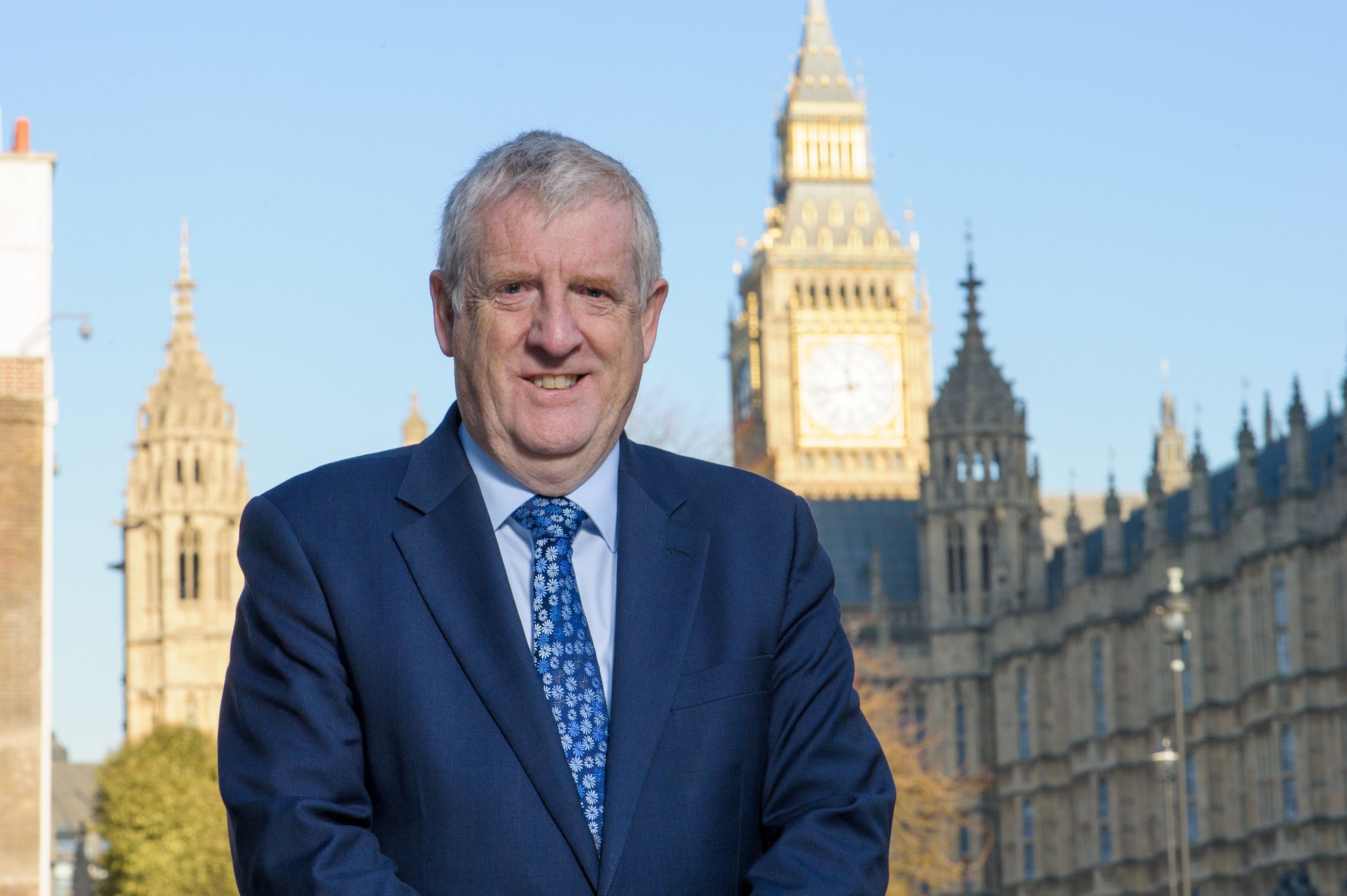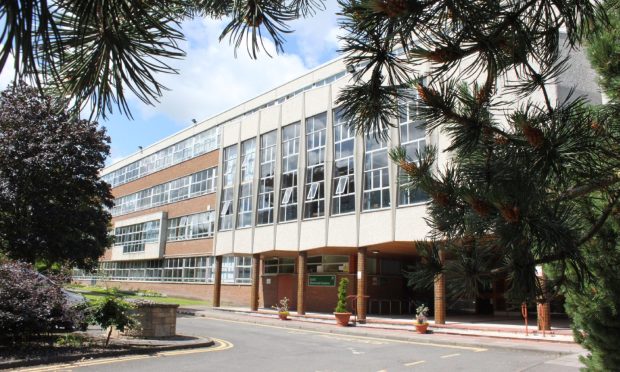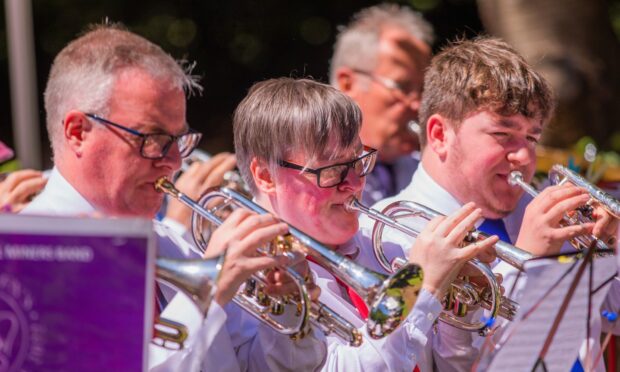SNP defence spokesperson Douglas Chapman has claimed the UK government’s national shipbuilding strategy is in “total disarray”.
The Dunfermline and West Fife MP, a member of the defence select committee, placed shipbuilding job security for Rosyth centre stage.
He attacked the Ministry’s mismanagement of the UK’s navy fleet during a key debate on the national shipbuilding strategy
In his first member-led debate in Westminster he highlighted that by 2021 the UK will not have built a single frigate in 20 years.
He said that delays on frigate-building would ultimately harm the effectiveness of the Queen Elizabeth-class aircraft carriers, currently being built in his constituency,
He said: “These carriers, the largest ships ever built for the Royal Navy, are being built on time and on budget in my constituency.
“That’s thanks to a superb workforce at Rosyth Ddockyard.
“It would be a great disappointment to these men and women if the ships they have crafted are not to be adequately protected.”
Mr Chapman also said the lack of modernisation of the fleet and a UK Government commitment to just 19 ships meant the UK was failing its allies.
He said: “By the end of the Falklands conflict, there were 50 destroyers and frigates.
“Even in the 1998 Strategic Defence Strategy Review, long after the Cold War had ended, a fleet of 32 was constructed.
“Yet this is a Government which crows about its commitment to 19 frigates and destroyers.”
The Government committed to national shipbuilding as part of the 2015 review.
However, Mr Chapman said contracts for T26 and T31 frigates have still not been signed due to budget wrangles.
“Quite simply, the unerring ability of the MoD to change horses in midstream has added to the cost, the timescales and the uncertainty of the ongoing naval procurement programme.”
He told ministers his concerns that the order books for surface shipbuilding are not sidelined by more glamorous big-ticket projects.
He added: “The UK Government’s promise of a national shipbuilding strategy is in total disarray.
“Today’s debate was just further evidence of that sad fact.”









